

Resilience is not all or nothing. It comes in amounts. You can be a little resilient, a lot resilient, resilient in some situations but not others. No matter how resilient you are today, you can become more resilient tomorrow.
- Karen Reivich
When children encounter setbacks, how do they face them and recover from them? When children are under pressure, how do they keep calm? Is it enough to just have courage? I believe many parents are concerned about their child's resilience to setbacks and stress. So let us talk about resilience today.
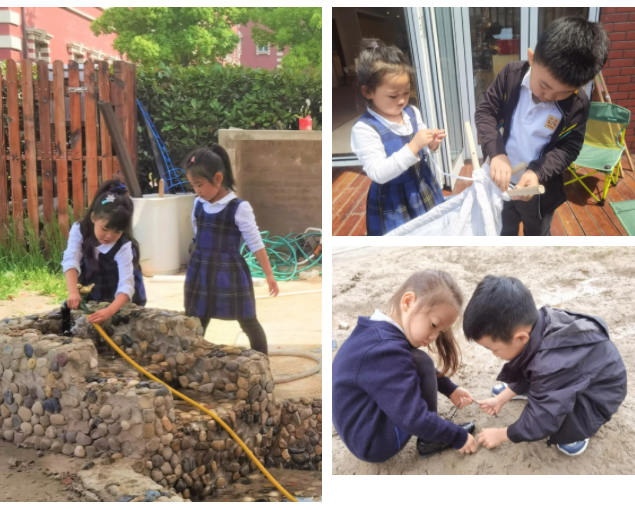
Resilience has been described by researcher Karen Reivich who is the Director of resilience and positive psychology training programs at the Penn positive psychology centre ‘as the ability to grow and thrive in the face of challenges and bounce back from adversity, enabling individuals to take calculated risks and capitalise on opportunities.’ As humans, we have an inbuilt negativity bias. Neuroscientific evidence has shown that there is greater neural processing in the brain in response to negative stimuli. This means that we tend to react more strongly to negative events than to equally positive events. Therefore, when we are frustrated or discouraged, we may carry negative thoughts with us out of defensiveness and to protect ourselves, but we can work together to overcome our inbuilt negativity bias to build our resilience.
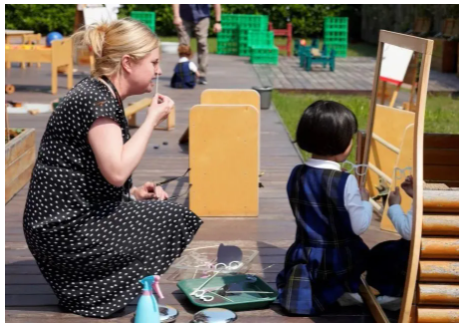
At nursery or at home, we can place more emphasis on positive emotions by asking our children, for example, "What did you do well today?" Pay attention to your child's negative self-talk and replace it with a positive approach. For example, if a child is frustrated and says: "I cannot do it right... I do not want to do it anymore, ever..." You may guide the child to say: "If you did not do it right this time, is it because you have not done it for a while." You can help your child to notice the absolute words he/she uses by gently asking, "Is it for the time being? This time?" This will also help your child to realise that one failure does not mean forever, it is just temporary. One failure does not negate your entire being. We can still move on.
Building resilience is a long-term process. We can support children to build resilience in lots of little ways. At the same time parents building resilience also is a way to support yourself.
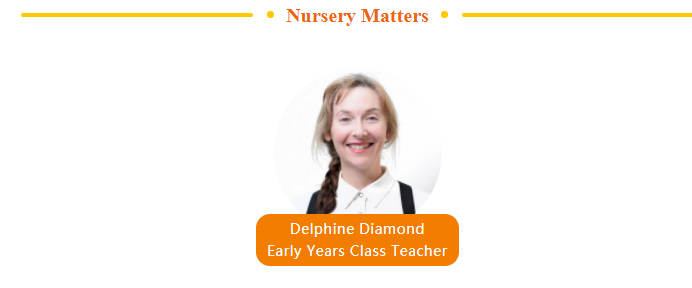
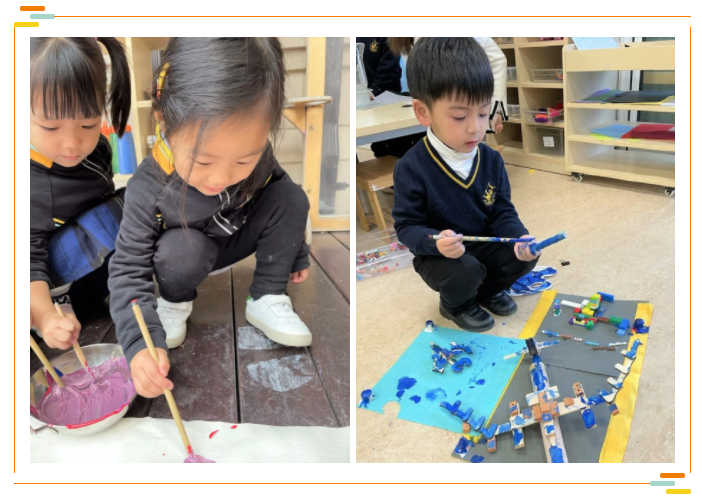
Painting activities for the early years aids children’s creative development and also stimulates their growing brains. Stimulating children’s brains cascades into all other learning areas.
Exploration, play, understanding textures, colours, strengthening fine motor skills, manipulating utensils, using hands, feet, objects, printing, pressing - It is a wonderful unfolding of engaged learning to facilitate an EY1 child involved in all of these processes. Rich in opportunities, expressive art can extend and broaden descriptive language and age-related concepts, whilst developing critical thinking and decision making as children become active planners and designers creating for purpose as well as in play.
I am inspired by the way this medium can be a gateway for a reserved child. I marvel when observing a self-conscious or child displaying low involvement in many areas, however, when choosing an art outlet, it is like watching Alice, from the popular English book, Alice In Wonderland, tumble down the rabbit hole – lost in a new world of wonder of exploration of the senses – colours, smells, textures. The open-endedness of this medium can become an irresistible invitation to children to ‘get stuck in.’ I think it is a vital medium that captivates the attention of children. The way fascination spreads across children’s faces as they actively participate in transforming a blank sheet into something new with their will and efforts.
As an educator, the more experience I gain in the early years setting, the more I perceive this medium as possessing ‘magical’ properties. A child manipulating paint in play enables a child to make links and connect their internal world and make representations of what they know and communicate their mark-making to the outer world. If as educators, we aim to be in the moment with the child, we can gain a glimpse into their world as you see it – wonderous and awe-inspiring.
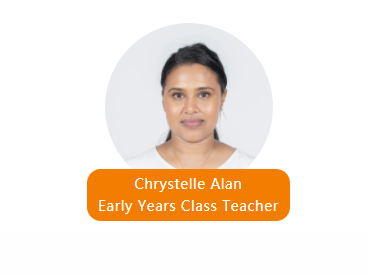
Friendship is not a big thing, it is a million little things. How beautiful school life becomes knowing that help can come from a classmate, and not only a teacher. How a problem like unlatching a buckle, dressing after rest time, filling up a water dispenser or climbing a tree becomes easier with the help of a familiar face. Friendship comes in all forms in EY2. Not only do children strengthen established friendship ties but they show courage and respect as they foster a sense of community, showing kindness and companionship towards other children in class and across EY2 and EY1. Each day children are encouraged to reflect "How do you feel?" "Who did you play with today?" It is a great joy to see children become increasingly confident in new social situations, as they further flourish in their self-confidence and self-awareness.

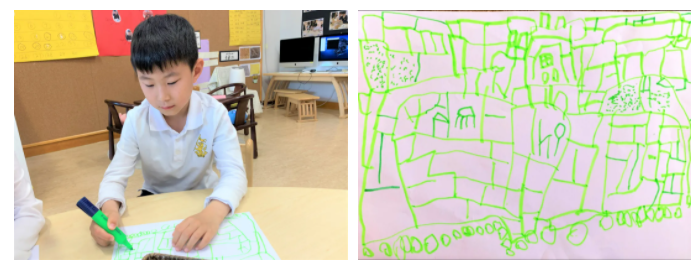
On the morning of April 22, Earth Day, we discussed and shared:
What is Earth Day?
Why do we celebrate Earth Day?
What can we do to protect the earth?
From children's responses, I can sense they have a strong interest in protecting our earth. Some children want to appeal their families to take part in protecting the earth. For example: use less cars, save electricity, plant more trees and eat more vegetables less meat and so on; some children designed posters during indoor exploration; Other children sketched their visions of a future world on paper: "Confined spaces where germs can be taken over; gases can purify carbon dioxide; a spherical device that can automatically deal with waste classification; fully solar-powered cars, so no need for a petrol station in the future."
After Earth Day, the topic about protecting the earth continues to be carried on among the children. Their words and actions are contagious. The future owners have a strong sense of earth protecting, which is really a relief and surprise.
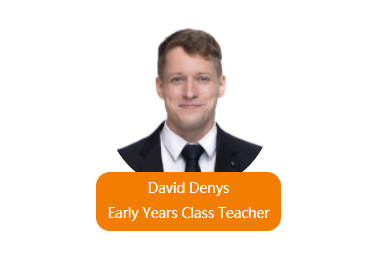
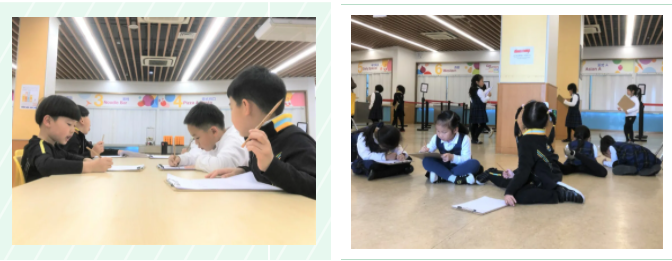
Transition. This is a popular word this time of year, especially for EY4 children. The pupils in EY4 are currently learning how their school routine will be different next year by taking little trips around the school campus. This led EY4A to venture over to the main building in search of the cafeteria. The children were in awe as they realized they would have so many different options for lunch next year. To help to prepare for all these options we have given the children more independence during their current lunch time as they are able to sit where they like after gathering all their items. The pupils are showcasing wonderful responsibility with this newfound independence during lunch. We look forward to seeing how all the children keep preparing for their transition to primary school.